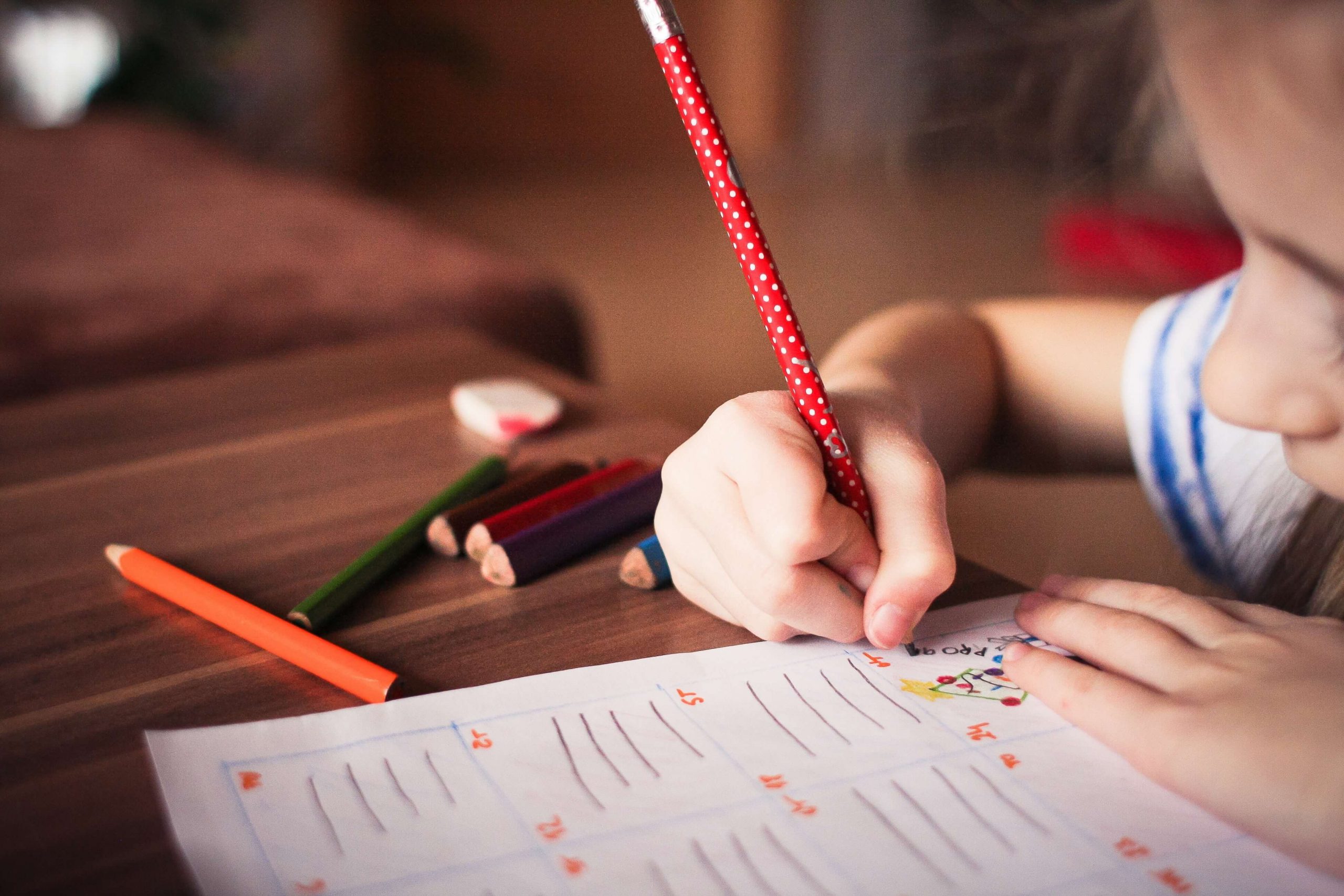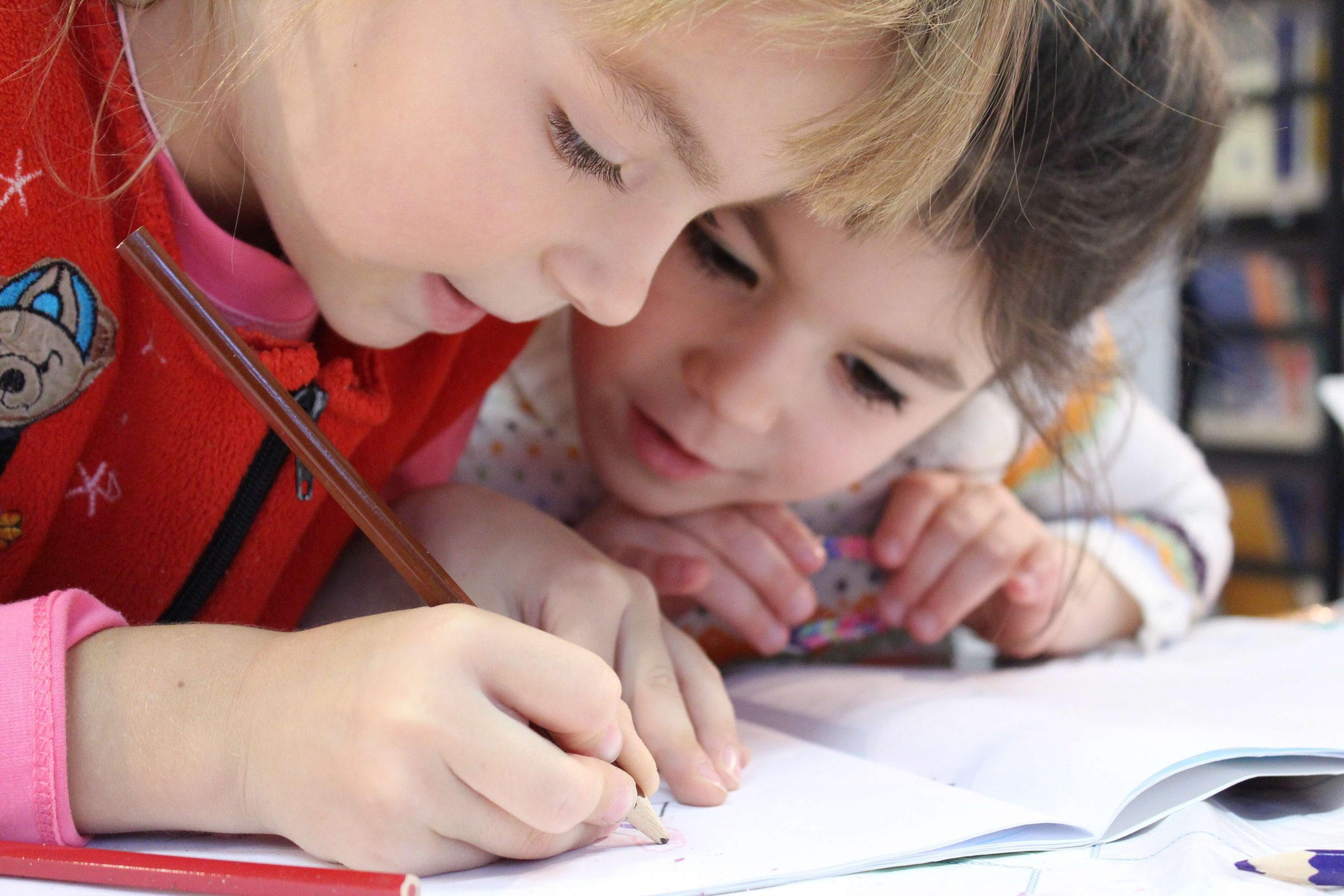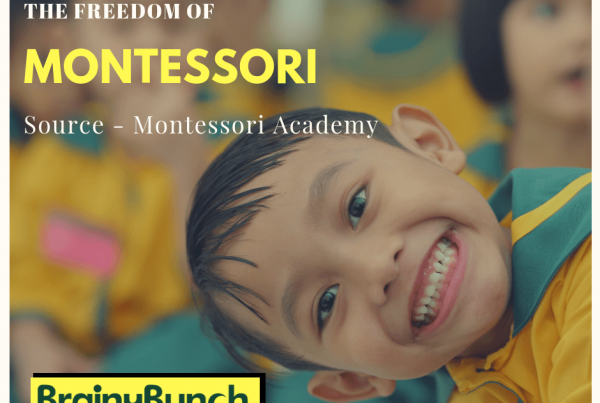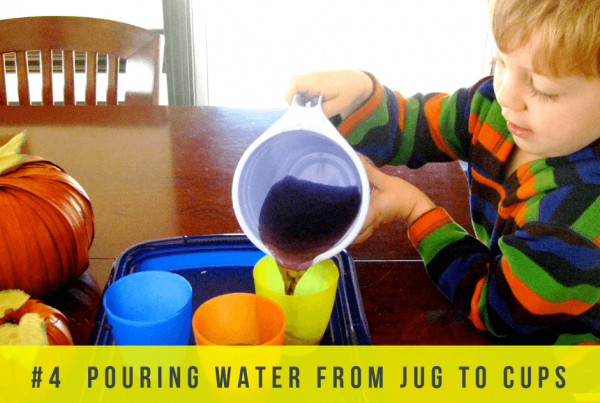
Stress according to the dictionary is a state of mental or emotional strain or tension resulting from adverse or demanding circumstances. As we live our lives, stress is a part of it, whether we like it or not. Stress may either give a positive or a negative effect on a person depending on how he copes with it.
Children are not immune to stress. Sometimes, even a pre-schooler feels stressed due to the fact that he will be separated from his parents while they are at work. A child at a daycare centre may also feel stressed because there are a lot of other children who need the attention of the caretaker. As they grow older, there are expectations that cause anxiety and stress.

Students from Elementary to High School experience stress at school due to the following reasons:
1.Too much homework
2.Upcoming exams
3.Participation in class
4.Lack of support from parents
5.Peer Pressure and Bullying
6.Change of schedule
7.Subjects are too hard
8.Lack of sleep
9.Extra-curricular activities
10.Transition to another level
Parents should be able to help their children cope with the stress they experience at school. Oftentimes, children cannot identify that they are stressed and cannot voice out their feelings. Adults must be able to recognize the signs and symptoms of stress. Stomachache, headache, mood swings and tantrums may be indicators of stress. For younger children, it will be thumb-sucking, nail-biting, twirling of their hair and becoming clingy.
It is important that parents choose the right environment for their children. They must choose a school that has a stress free environment just like Finland’s Education System, where:

1. Children are graded according to the graded system set by their teachers and on an individualized basis.
2. They focus on everyone’s cooperation rather than competition.
3. They prioritise the basics like the ease of health care, psychological counselling and individualized guidance.
4. Setting a high standard for teachers. All of their teachers are required to have a masters degree before entering the profession. Making them accountable for the children’s welfare.
5. Students start school at the age of seven years old. They let them be children and when they are mature enough to be in school, they can join in.

6. Less focused on the dichotomy of college-educated versus trade school. Both are equally accepted when finding job opportunities.

7. They start the class at 9 am making it less hectic for both children and parents to start the day. It is more relaxed and less strenuous.
8. Having a consistent guide for six years. Students are more comfortable having the same teacher as there are mutual respect and trust that is built.
9. They have a more relaxed environment. They only have few classes and the teachers enjoy their time because they are relaxed and can function better in class.
10. They have less homework which gives the children the time to explore the world outside. They do not worry about grades, instead, they focus on being able to learn and grow as a human being.
Brainy Bunch is slowly trying to imitate Finland’s Education System. To focus on the child’s ability than academic excellence, no homework and test policy, having qualified teachers to help the children, the same teacher for three years, and setting individualized learning through the Montessori Education.








